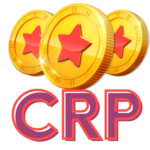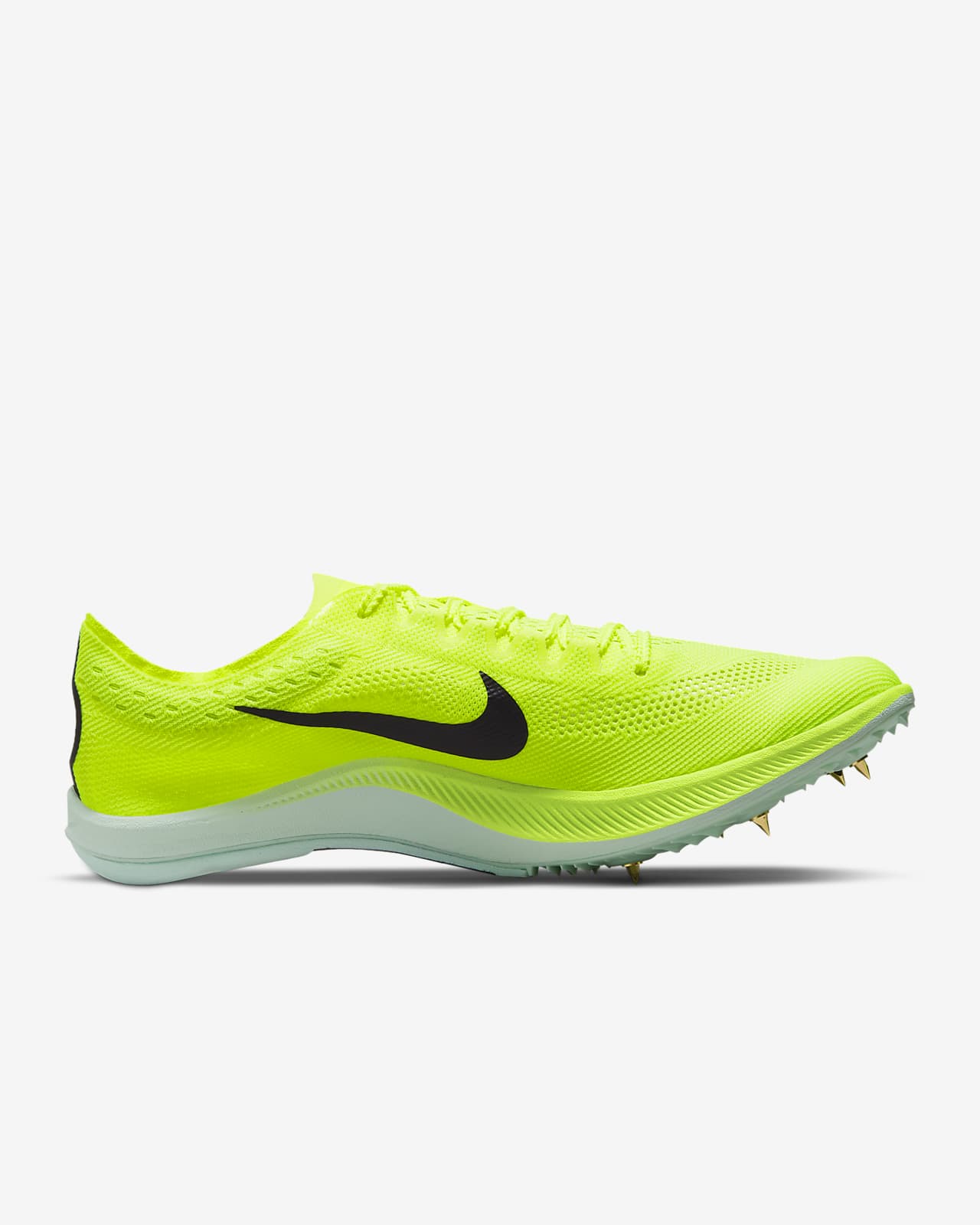If you play pickleball, then you know how important it is to keep track of the score during a game. Keeping track of the score in pickleball can perplex novices, and the most popular question is, “How do you score in pickleball?” But with some practice and comprehension of the regulations, it gets simpler to monitor points.
This blog post will provide an in-depth look at the rules and strategies for scoring pickleball, so you won’t have to ask, “How do you score in pickleball?”
We’ll cover topics such as how to start playing a game, what happens when a player loses their serve or point, and how to continue playing after each team scores. You’ll learn about rally scoring and keeping score during singles pickleball games and doubles games. We will also explain what happens when an odd court serves or an odd score occurs.
After this, you’ll never have to wonder, “How do you score in pickleball?”
Additionally, we will provide tips on how to practice scoring during recreational play so that you can improve your skills before competing at higher levels. At the conclusion of this article, you should be more informed about pickleball scoring and have greater assurance in monitoring your squad’s tally during any game.
Table of Contents
Understanding Pickleball Scoring
Pickleball scoring can be tricky to understand, especially for beginners. Let’s explore some of its fundamentals to facilitate a deeper understanding of the game.
Serving Rules in Pickleball
Before we ask, “How do you score in pickleball?” we need to know how to serve. The serve is one of the most important parts of pickleball and understanding how it works is key to playing well.
In pickleball, as a player, you’ll serve two times before switching sides with your opponent. When serving, the team serving must stand behind the baseline and hit the ball diagonally across to the opponent’s court. If they fail to do this correctly or hit an illegal shot, such as a double-bounce or faulted serve, their opponent will win that point automatically.
Keeping Score in Doubles Pickleball
How do you score in pickleball doubles? In doubles play, the team serving alternates between serving first and second; however, both players on one team must have served before either can serve again.
Each time a team wins a point, they are awarded one point (1). When 11 points are reached by either team, that game is over; however, if both teams reach 10 points, then whoever wins the next point wins that game (11-10).
Games are usually played best out of three, so whichever team reaches two games first wins that match set. Scoring for singles play is similar to doubles, except there is only one server per side instead of two, so there is no alternating between servers like in doubles play.
As with doubles, each time someone scores a point, they get one added to their score, but unlike doubles, games do not end until someone reaches 15 points (15-0). Unless it is tied at 14 all, then whoever gets two more points than their opponents will win that match set.
Understanding pickleball scoring is essential to playing the game effectively. Now, the question of “How do you score in pickleball ?” should be clear.
With a good understanding of how to keep score and serve correctly, you can increase your chances of winning in pickleball. To further improve your skillset, let’s take a look at how to serve correctly in pickleball.
How to Serve Correctly in Pickleball
Serving correctly is essential for winning points and games in pickleball. Depending on the context, various court serves can be employed to gain an edge. The most common serve is the underhand serve, which requires you to hit the ball below your waist with an open paddle face.
This type of serve allows for much control over where the ball goes and how much spin it has. Another popular option is the overhead serve, which involves hitting the ball above your head with a closed paddle face. This type of serve gives you more power but less control than an underhand serve.
Strategies for winning points with your serve include using spin to confuse opponents or placing shots in difficult-to-reach areas on their side of the pickleball court. Placing serves close to corners or near edges can also give you an advantage since it is harder for opponents to return them successfully if they have limited time and space to react quickly enough. Varying the velocity of serves can perplex opponents and add an element of surprise, making it harder for them to predict what kind of shot is coming.
Finally, mixing up angles when serving can also help catch opponents off guard, as they won’t know where exactly each shot will go until after it has been served up. The serving team has a good advantage. They need to use the opportunity well.
Serving correctly in pickleball is a skill that requires practice and dedication but can be mastered with the right strategies. Footwork, volleys, and groundstrokes are key for progressing your pickleball skills; these pointers will help you excel.
Tips on Improving Your Game
Enhancing your pickleball game requires focusing on certain key elements. First and foremost is footwork. Good footwork can help you get into the right position for shots and improve your reaction time when returning volleys or groundstrokes.
It’s important to practice moving quickly around the pickleball court while maintaining balance to stay in control.
The next area to work on is mastering volleys and groundstrokes. Volleys require quick reflexes, as well as good hand-eye coordination and accuracy when hitting the ball over the net. Groundstrokes involve more power but require precise placement of shots and an understanding of how spin affects the trajectory of the pickleball and how it bounces off the pickleball court surface.
Developing these skills will help you become a better player overall by giving you more options during rallies and also points that play out differently than expected due to unexpected bounces or opponent reactions.
By implementing the strategies and approaches in this piece, you can advance your performance and be a more accomplished pickleball player. Common mistakes beginners make are often rooted in bad habits or poor technique; however, with practice and dedication, these errors can be corrected to help take your game to the next level.
Common Mistakes Beginners Make
When it comes to pickleball, beginners make a few common mistakes that can easily be avoided. One of the most frequent errors is not knowing their court position, whether the odd court or even court. The serving team loses a rally if they are in the wrong position.
Incorrect court positioning can lead to missed shots and give your adversary chances for scoring and rally scoring. It’s important to pay attention to where you are on the court and adjust accordingly when your partner or opponents move around.
Another mistake beginners make is underestimating their opponent’s skill level. Pickleball players come from all backgrounds and levels of experience, so it’s important not to assume that everyone you play against will have the same level as you do. By playing smart and taking into account what kind of shots they might use, you can anticipate their moves better than if you just assumed they were novices like yourself.
In addition, many new players don’t realize how much energy they need during a game of pickleball – both physical and mental. It’s easy for newcomers to get caught up in trying too hard with every shot, which leads them to tire out quickly or make unforced errors due to fatigue. Make sure that your energy levels remain consistent throughout each point by pacing yourself strategically rather than going all-out right away.
Finally, one last mistake beginners often make is using improper technique when hitting the ball back over the net after serving or returning an opponent’s serve. This could include incorrect grip size, poor posture, lack of follow through on swings, or even failing to keep eyes focused on where they want the ball to go – resulting in weak shots that give your opponents an advantage instead of putting them under pressure.
Remember: practice makes perfect, so take some time before each match to warm up properly with some basic drills such as groundstrokes or volleys and practice scoring until these techniques become second nature.
FAQs in Relation to How Do You Score in Pickleball
How does scoring work in pickleball?
How do you score in pickleball? Pickleball scoring is similar to tennis but with a few differences. The game begins at nil-nil, and the first side to get eleven points is victorious.
A point is scored when the opposing team fails to return the ball or commits a fault, such as hitting it out of bounds or into an area that cannot be reached by their opponent.
If both teams reach 10 points, then play continues until one side has two more points than its opponent (for example, 12-10). In addition, each side must win by two clear points (for example, 13-11) in order for there to be a winner; otherwise, they will have another round of play called “deuce.”
What are the basic scoring rules in pickleball?
Pickleball is a game that fuses features of badminton, tennis, and ping pong. Scoring is determined by the first team or pickleball player to reach 11 points, with a “deuce” occurring when both sides score 10; should a serve land out of bounds, then that point goes to the opponent. If a serve lands out of bounds on either side of the court then that point goes to your opponent.
Do you score on every point in pickleball?
No, you do not score on every point in pickleball. In pickleball, the winner must score 11 points with a two-point advantage over the opposing player. Points are only given to the serving side when the opposing player fails to return the ball or makes a mistake (like, out of bounds).
If neither side scores, then no points are earned, and play continues until one team reaches 11 points with a two-point lead over their opponent. Now we should have answered the question, “How do you score in pickleball?”
Conclusion
now that you know the answer to the question, “How do you score in pickleball?” It’s time to take your game to the court and hone your skills during recreational play. With practice, determination, and knowledge about do you score in pickleball, your skills will improve quickly. So grab your paddle, and let’s hit the courts and play pickleball.
Buy now and leave a review for a $5 Gift card!


.jpeg)
